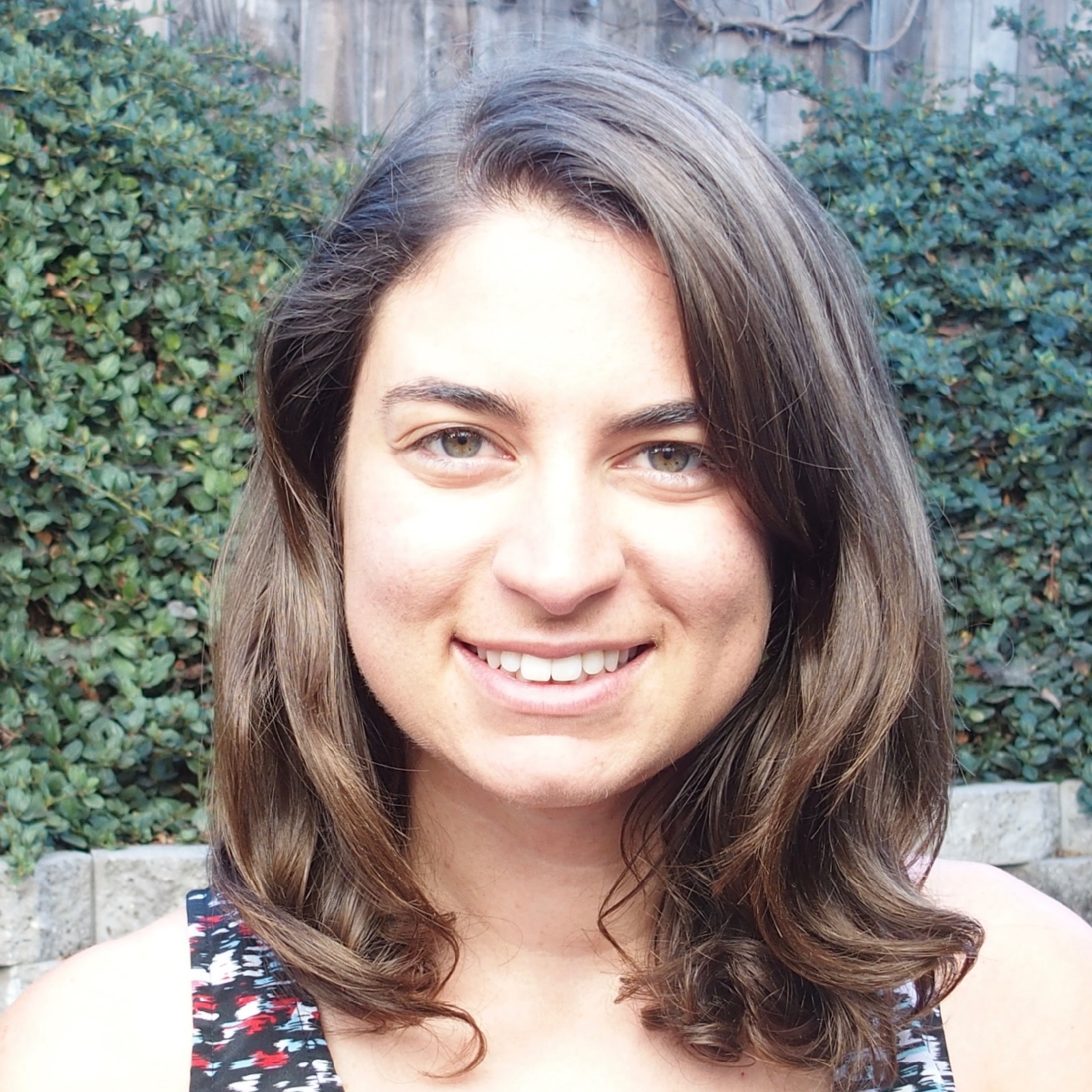Charlotte Mason receives large ERC grant to study structure formation in the early Universe
Congratulations to Charlotte Mason who has been awarded a large grant from the European Research Council. The grant will fund two postdocs and a PhD student that will become a part of Charlotte Mason's research group and help studying how galaxies formed and affected the early Universe.

Every year the European Research Council (ERC) awards prestigious grants to European research talents at the beginning of their careers. This year 15 of these were awarded to Denmark-based researchers within such diverse fields as quantum physics, gender studies, and vertebrates. One of these awardees was Charlotte Mason, associate professor in astronomy at the Cosmic Dawn Center.
Formation of the first galaxies
Charlotte Mason's research focuses on how the first stars and galaxies appeared in the early Universe, and how they transformed the space in between the galaxies. The first clumps of structure that conglomerated a few 100 million years after the Big Bang were surrounded by neutral and relatively opaque gas. However, as the first stars formed in these clumps, their energetic radiation was emitted started "carving out" — or ionizing — bubbles that eventually overlapped, leaving the whole Universe transparent to all light.
Exactly how, when, and for how long this process — known as the Epoch of Reionization — took place is currently the center of attention for a large fraction of the astronomical community. Not the least because recent observations with the James Webb Space Telescope have challenged our understanding of the process, in particular how early the galaxies appeared, and how quickly they grew.
"One of the big surprises that James Webb has given us is a much larger number of very bright galaxies in the early Universe than we thought possible," Mason says. "But we can only see the brightest galaxies directly. To get a census of the small, faint ones, which are much more numerous, we must infer their properties via the impact they had on their surroundings by ionizing the gas around them."
ReIonization and Signatures of Early Stars
Charlotte Mason's project is called ReIonization and Signatures of Early Stars, or "RISES" for short. The grant — an impressive 1.5 million EUR, or 11.2 million DKK — will allow her to add two postdocs and one PhD student to her research group. Over the next five years, together they will analyze new datasets from the James Webb Space Telescope with state-of-the-art statistical tools, enabling them to connect James Webb observations of the bright galaxies to the evolution of the gas between galaxies.
"We would really like to know why star formation occurred at such high rates in these early galaxies," Mason explains. "Did it only happen in the brightest galaxies we can detect directly, or also in the more numerous fainter ones? To learn this we must test models for star formation in the brightest galaxies, and establish when the Epoch of Reionization initiated and the connection between galaxies and the ionized regions."
Postdoc job ads will be posted on the AAS job register in the coming months.
More information
Contact
Research proposal
Official statement from the Ministry of Higher Education and Science
Tags: Grants & awards

